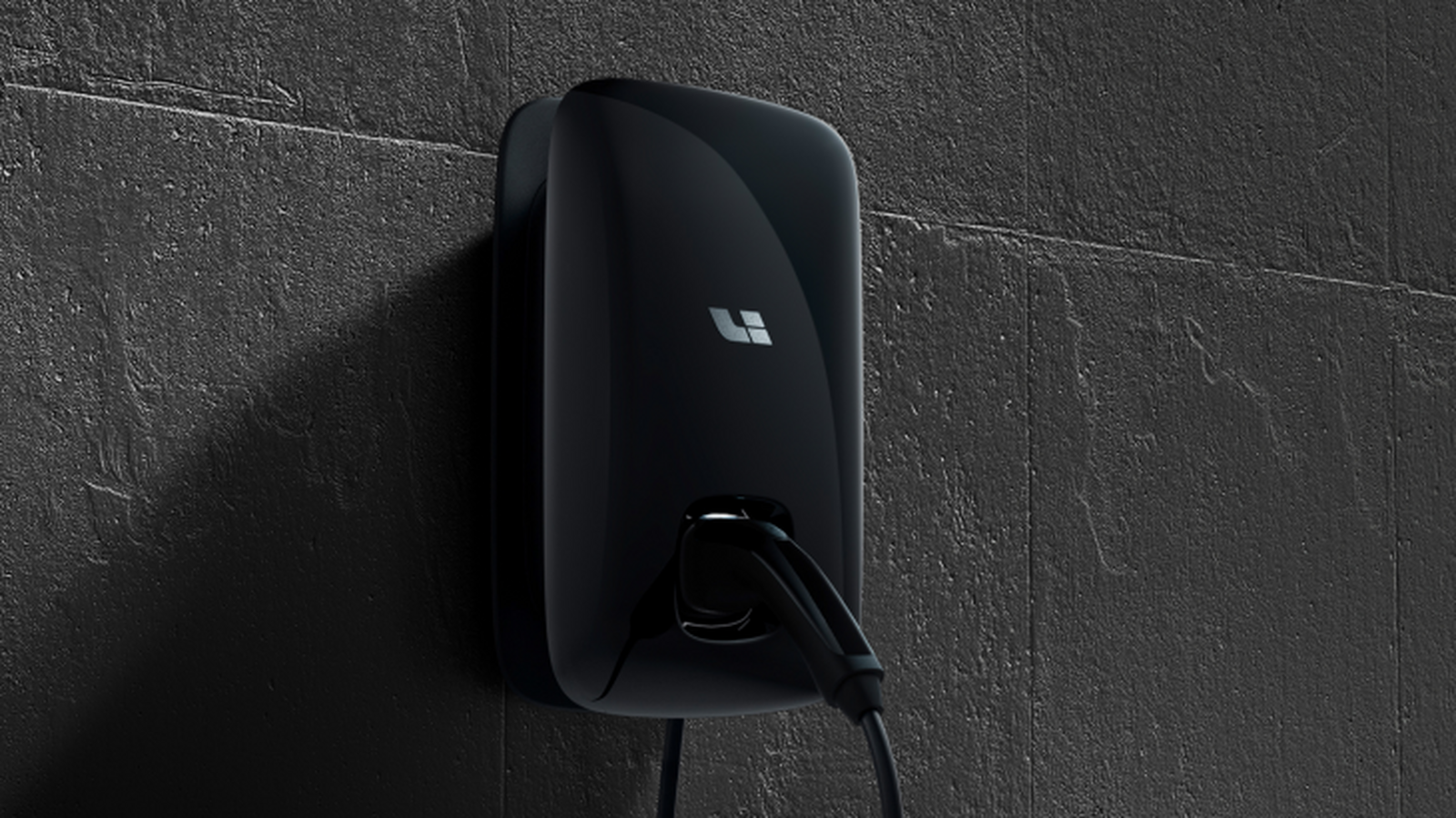3、 What is AC electricity? What is DC electricity?
AC (alternating current) electricity is characterized by its periodic changes in direction and magnitude, typically used to power homes and buildings. DC (direct current) electricity, on the other hand, flows in a single direction and is commonly used to power electronic devices and vehicles, including electric cars.The slow charging port on the IDEAL ONE uses AC power, while the fast charging port uses DC power. We learned about AC and DC currents in physics class, but liberal arts students may have forgotten most of it by now. DC electricity refers to a current whose direction does not change over time. AC electricity refers to a current whose magnitude and direction change periodically. A somewhat imprecise but easily understandable way to describe the difference between DC and AC is that DC is like a plane, traveling directly from one point to another, while AC is like a high-speed train, stopping at intervals along the way. The choice of whether to use AC or DC depends on the circumstances.
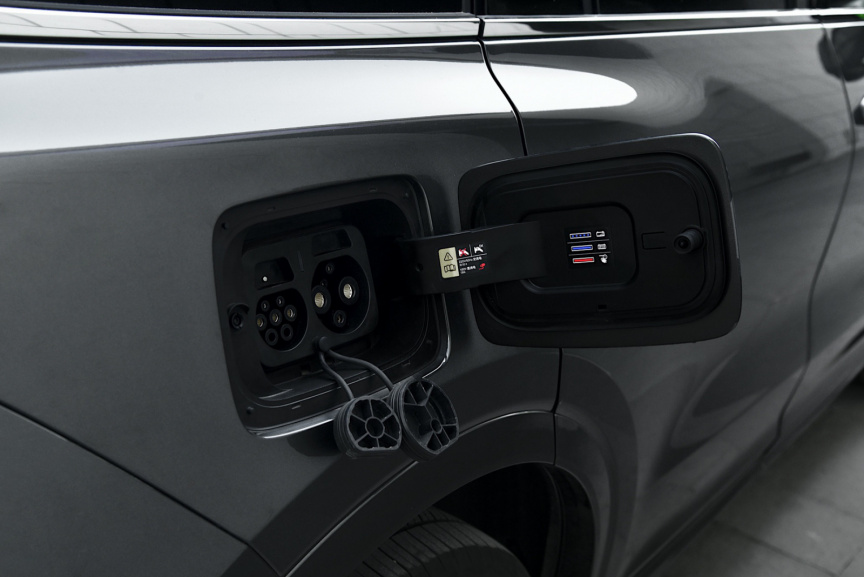
In daily life, for example, photovoltaic power generation and sending DC power from the west to the east, while household sockets use AC power. Returning to the charging ports on the IDEAL ONE, everyone should understand why slow charging uses AC and fast charging uses DC.
4. Can an IDEAL home charging station charge other electric vehicles?
The IDEAL ONE slow charging station complies with national standards and can charge electric vehicles with national standard AC interfaces. When the IDEAL ONE charging station charges vehicles from other brands, the charging speed depends on the settings of the current vehicle.
5. Can other brand charging stations charge IDEAL vehicles?
Not all other brand charging stations can charge the IDEAL ONE, mainly due to the customized parameters of other brand charging stations.
6. What is the difference between first and second generation charging stations?
The first generation charging station needs to be in an environment with connectivity signal to use all its functions, primarily to set private and public modes. However, due to its dependence on the signal, it is not as stable as the second generation charging station. The second generation charging station can be plugged in and used immediately without relying on connectivity signal. Choosing the second generation charging station would be more convenient for families with multiple electric cars or those planning to buy a second one.

7. How can I buy another charging station?
The IDEAL ONE charging station costs 2,500 yuan per unit. If you would like to purchase one, you can contact IDEAL customer service online.
8. I moved, how can I move my charging station?
You need to consult IDEAL customer service for this. The charging station service provider will provide a moving service, but the cost will vary depending on the installation environment.
9. Why did I stop charging at less than 100% at a public charging station?
It is not uncommon for charging stations to fail to charge to 100%, which is not related to the vehicle but rather the charging station operator’s strategy. At the end of last year, State Grid announced that charging stations in the Beijing area would automatically shut down at 95% charge for settlement. This notice should clear up any confusion.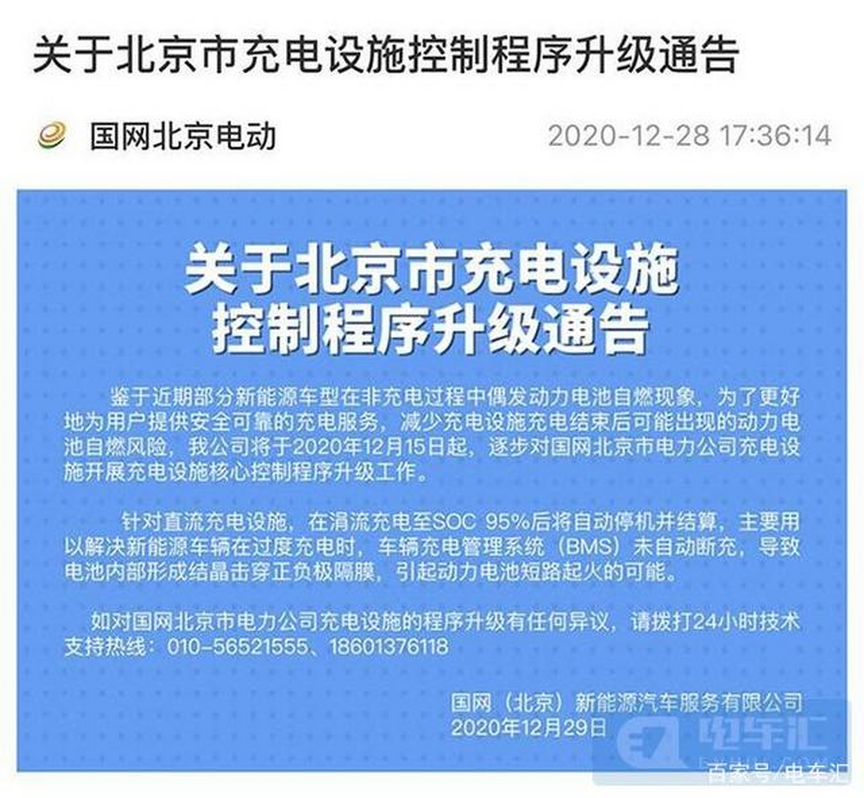
Regarding the ability to fully charge the battery, the IDEAL ONE has a 3% overcharge protection zone, so setting it to 100% still reserves some battery power. IDEAL has considered this, so whether fast or slow charging, there is no need to worry about setting the charging limit to 100%.
10. Does fast charging damage the battery?
In fact, any charging will cause some wear and tear on the battery, but it cannot be called damage. The battery technology on new energy vehicles is relatively mature, with a set of protection measures, especially the BMS battery management system, which can intelligently manage and maintain each battery unit, prevent overcharging and over-discharging, and monitor the battery status. Therefore, there is no problem with using fast charging as needed.
11. What affects the lifespan of the battery?
Some drivers may have concerns like “Can I charge the battery again when the battery is only partially depleted?” or “Does frequent charging affect the battery life?” In fact, the number of charging cycles determines the lifespan of the battery, not the number of individual charging.
Taking a mobile phone battery as an example, when the battery is at 100%, and you use it until it reaches 0%, and then charge it back to 100%, this is a complete charge and discharge cycle. The number of discharge cycles will be counted as 1 and the charging count will also be counted as 1.
If a fully charged battery is used to 60% and then charged again to full, then used to 80% and charged again to full, then used to 60% and charged again to full, the sum of these three uses is 40% + 40% + 20%=100%, which is also counted as a complete charging cycle, but it has 3 charging counts.
Therefore, a complete 100% discharge/charge cycle can be charged only once, or 3, 4, or even 5 times. However, what ultimately determines the lifespan of a lithium battery is the number of discharge cycles, not the number of charges. Generally speaking, after the lithium battery used on an electric car has undergone 1000 charging cycles, it can still maintain 80% of its original state.
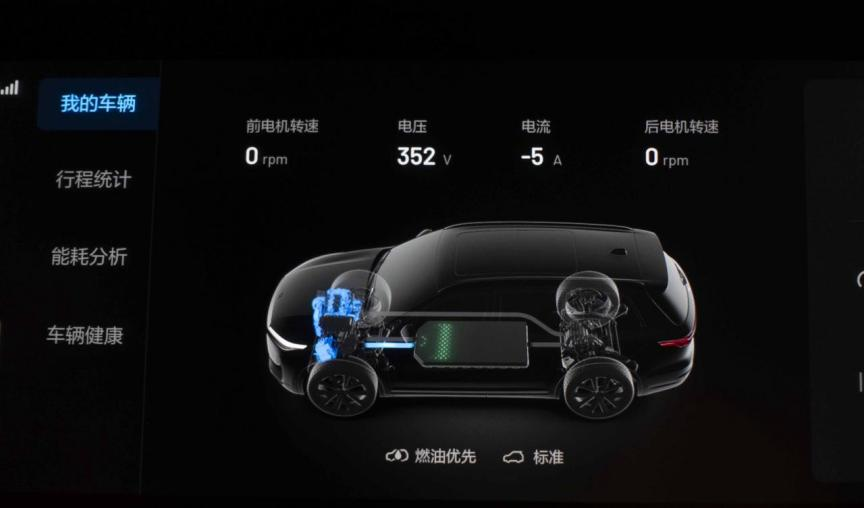
In terms of daily use of electric vehicles, energy recovery and range extender generator frequently charge the battery, so there is no need to worry about the number of charging cycles. At the same time, because we are using a range extender electric vehicle, which has more shallow charging and discharging cycles than pure electric vehicles, the battery life is theoretically longer than that of pure electric vehicles.
12. How are batteries with a temperature of 40.5°C distributed in the IDEAL ONE?
The following image shows how the battery is distributed.
13. What usage behaviors affect battery life?
Using the battery until it is completely drained affects its lifespan. As shown in the figure above, IDEAL ONE has already taken measures to avoid this situation in the design stage. The instrument panel displays the battery capacity from 0% to 100%, which corresponds to a battery capacity of 15% to 97%, ensuring safe and reliable daily use.
14. Can I charge my car outdoors on a rainy day?
After the rainy season arrives, many drivers are worried about the safety of charging their cars outdoors. For example, will rainwater splashing onto the charging port cause safety issues? Can I plug in the charger if there is water on the charging gun or the car’s charging port after the rain? Regarding these issues, we first need to understand the protection level of the charging pile and related components.

Generally speaking, the protection level of the charging pile is IP55, and the plug and socket are IP54. After the plug and socket are connected, they should reach IP55.
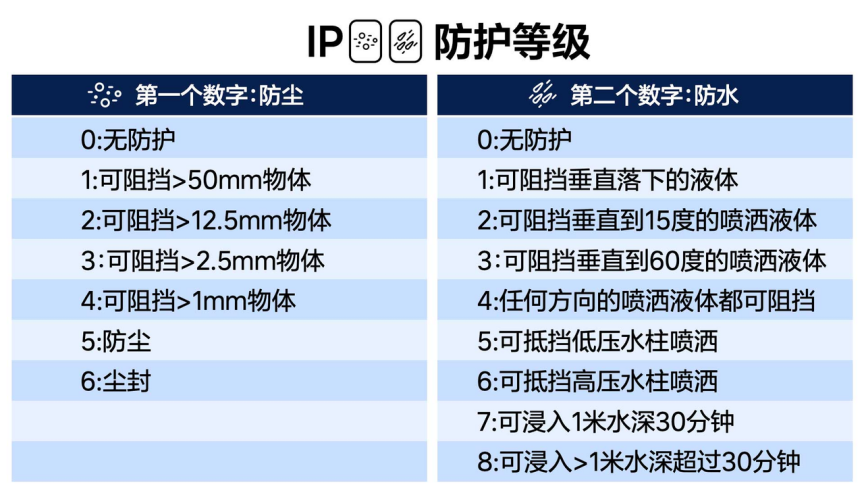
Based on the grading in the above figure, we now understand the concept represented by each level of IPXX. Therefore, it is safe to charge outdoors in a rainy environment. However, to be on the safe side, if the rainfall reaches heavy rain or above, it is still recommended to temporarily suspend outdoor charging. If there is water in the charging gun or the car’s charging port after rain, there is no need to worry, just dry it with a tissue.
15. What should I do if the slow charger is difficult to unplug?
Generally, the locking function of the slow charging gun will automatically follow the status of the vehicle. For example, it will automatically unlock after the charging is stopped or when it is fully charged. However, the locking function may occasionally fail. There is actually an emergency switch hidden in the trunk, behind the foam cover.
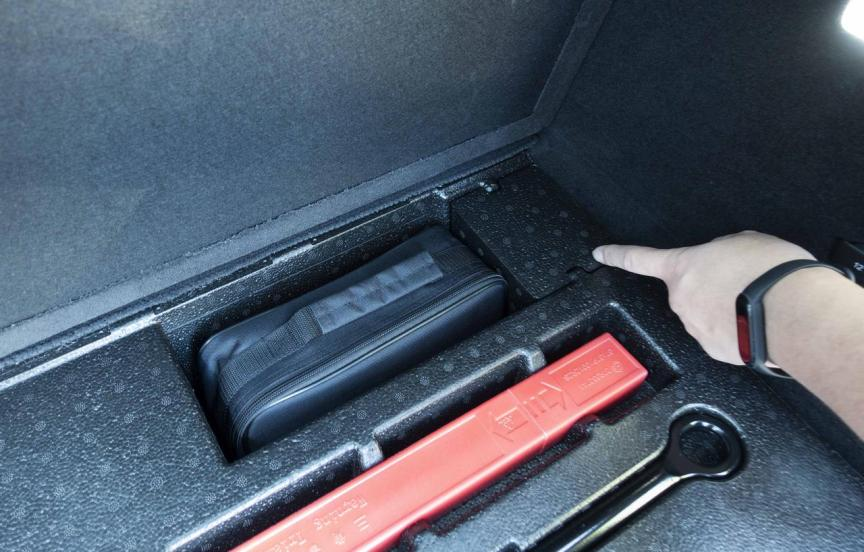
The location of the switch handle is not very obvious, and you may need to use the flashlight on your phone to find it. Just pull it with a finger to disconnect the slow charging gun from the interface.
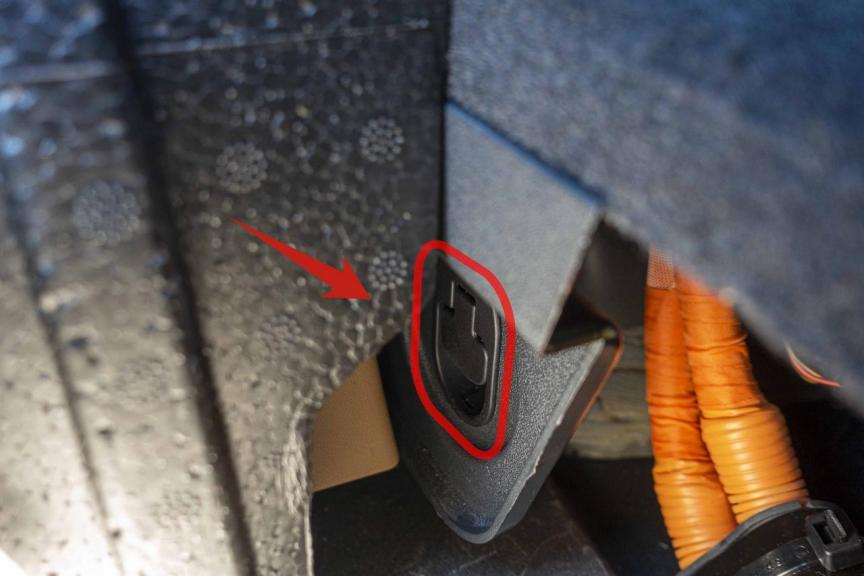
16. How do I make a reservation for charging?There are two ways to reserve a charging session, one is in the phone car control app and the other is in the car’s settings. Open the reservation button and set the desired charging time period, then plug in the charging cable, and the charging will start automatically at the scheduled time. Note that the reservation feature is only available for slow charging.
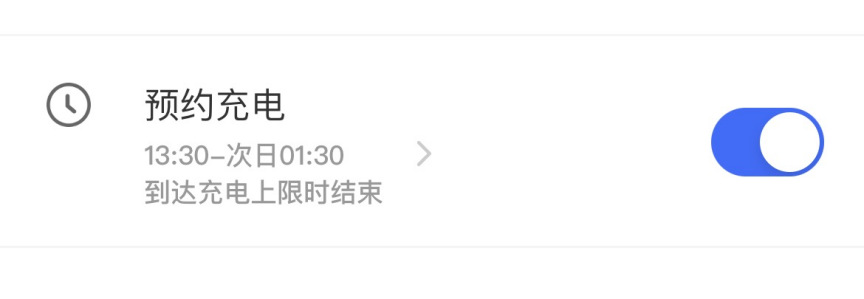
For car owners with peak and off-peak electricity rates, this is a money-saving tool because off-peak electricity rates generally start at 10 PM and cost around 0.3 yuan per kWh. Using the reservation feature can save about one third of the charging cost.
17. How to Use Battery Heating?
Battery temperature is closely related to battery performance. When the temperature is suitable, the power consumption will be lower and the charging speed will be higher. The battery heating function is mainly to solve the problem of poor battery performance when the air temperature is low.
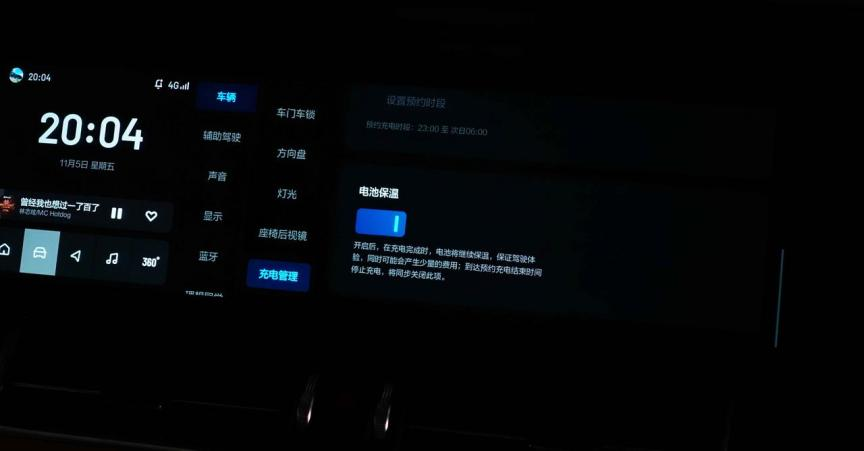
The battery heating function is used together with the slow charging pile and does not support fast charging. After the charging is completed, the battery will continue to be heated to ensure that it is at the optimal working temperature when you start driving. This process will consume a little electricity, about 2 kWh per hour of heating.
If your ideal ONE is usually parked outdoors for charging, it is recommended to turn on this function in low-temperature weather conditions. If the home charging is in an underground garage, it can be turned off. Generally, if the ambient temperature is above 15℃, battery heating is not needed.
That’s all about charging. Feel free to share and bookmark. If you have any questions, please feel free to ask in the comments.
This article is a translation by ChatGPT of a Chinese report from 42HOW. If you have any questions about it, please email bd@42how.com.
